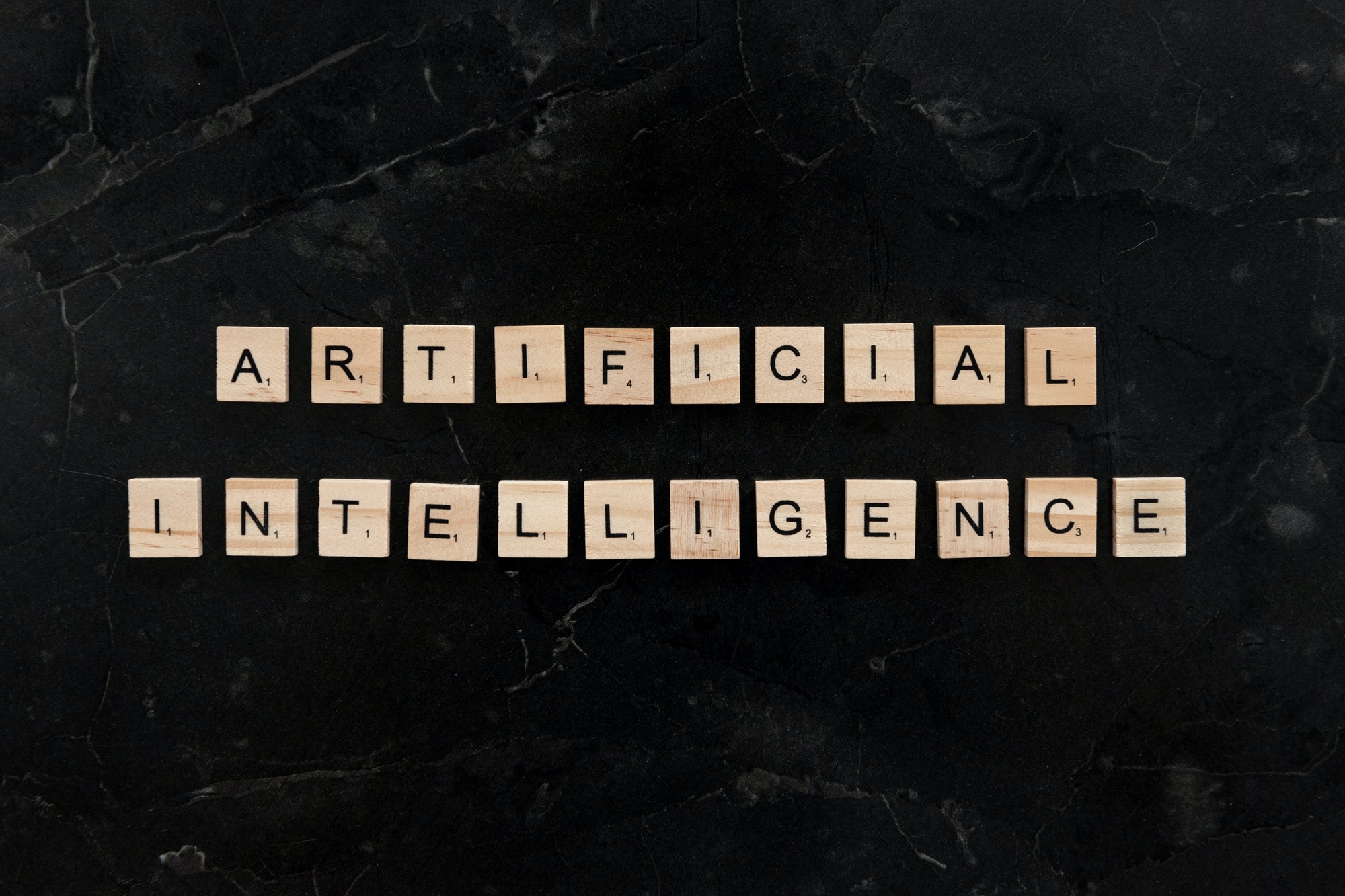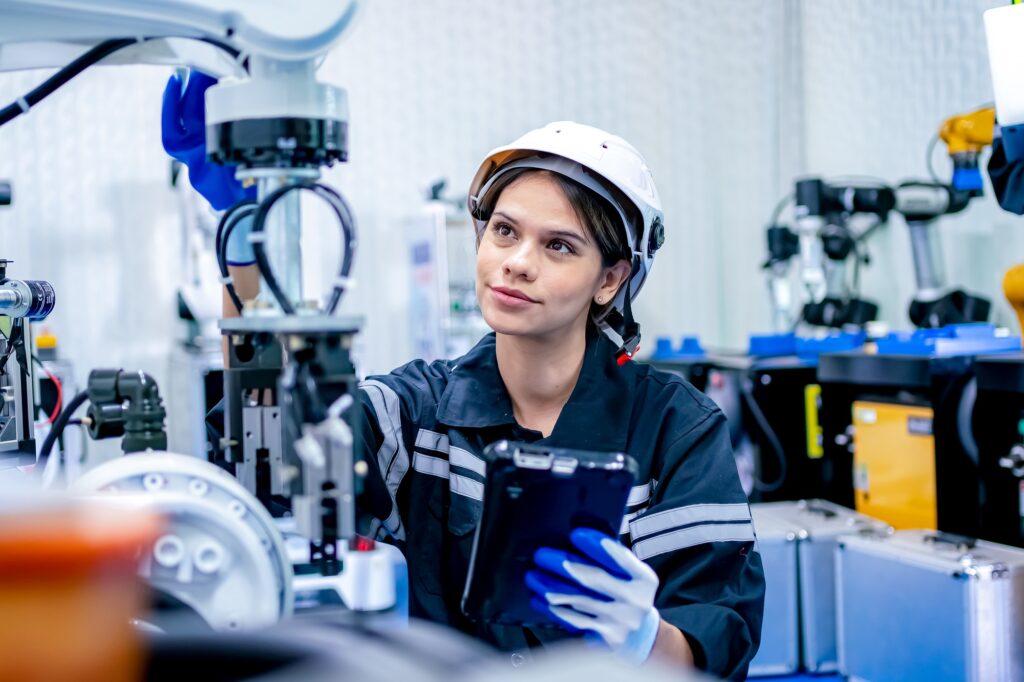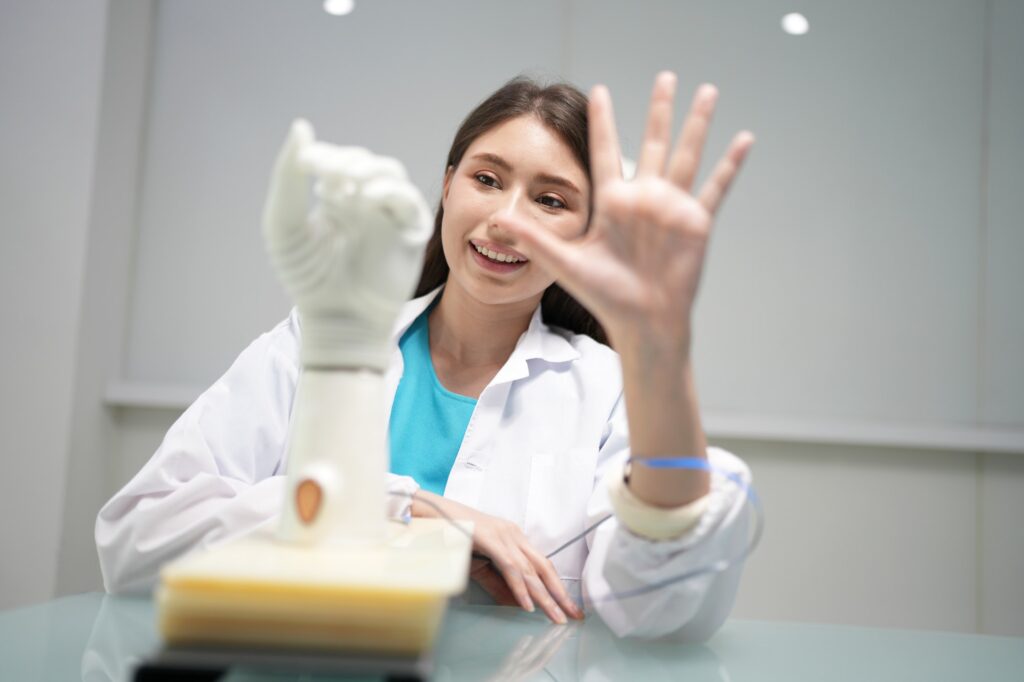Address
33-17, Q Sentral.
2A, Jalan Stesen Sentral 2, Kuala Lumpur Sentral,
50470 Federal Territory of Kuala Lumpur
Contact
+603-2701-3606
info@linkdood.com
Address
33-17, Q Sentral.
2A, Jalan Stesen Sentral 2, Kuala Lumpur Sentral,
50470 Federal Territory of Kuala Lumpur
Contact
+603-2701-3606
info@linkdood.com

Artificial Intelligence (AI) is rapidly changing our world, and in 2024, it’s more important than ever to grasp what’s happening in this field. Let’s break down the key AI concepts and trends in a way that’s easy for everyone, especially college students, to understand.

Think of Large Language Models like really smart robots that understand and use human language. They’re trained on tons of text so they can chat, answer questions, and even write stories or code.
You’ll find LLMs in chatbots, virtual assistants like Siri or Alexa, and tools that help writers or translate languages.
Generative AI is like the artist of the AI world. It can create new things – whether that’s artwork, music, or even fake videos. It’s not just copying; it’s making something new and unique.
This kind of AI is changing the game in creative fields like music, graphic design, and even education, giving people new tools to create cool stuff.
These are the brains of AI. Neural networks are designed like a simplified version of our brain, helping AI learn and make decisions based on the data it gets.
As these neural networks get better, so does AI’s ability to do things like recognize faces, understand speech, and predict trends.
This is about making AI systems that are not just smart but also safe and fair. It’s like engineering a robot but making sure it follows rules and makes good choices.
Good AI design is crucial in fields like healthcare, where AI helps with diagnosing diseases, or in finance, where it’s used for predicting market trends.

This is how AI gets the ability to understand and respond to human language. It’s the tech behind voice commands on your phone and real-time language translation apps.
By understanding and translating languages, AI is helping people from different parts of the world communicate easily.
Deep learning is a part of AI that’s about teaching machines to learn from experience. The more data they get, the better they become at tasks like recognizing images or understanding spoken words.
Deep learning is why we have things like face recognition in our phones and why cars are starting to drive themselves.
AI isn’t just about cool tech stuff; it’s changing how we live, work, and play. It’s about using these smart technologies to make our lives better and more interesting.
From how products are made in factories to how we learn in schools, AI is making things faster, smarter, and more connected.
So there you have it – a rundown of the big AI ideas in 2024, made simple. Whether you’re a tech pro or just curious, understanding these concepts helps you keep up with our fast-changing world.

A: AI is like giving a computer a brain that can think, learn, and make decisions. It’s a technology that allows machines to perform tasks that usually require human intelligence, like recognizing speech, making decisions, and solving problems.
A: Not exactly. AI is the brain – the intelligence behind a system. Robots are machines that can move and do physical tasks. When you put AI in a robot, you get a robot that can think and act on its own.
A: AI is changing how we work, but it’s not just about taking jobs away. It’s also creating new kinds of jobs and making some tasks easier and safer. The key is to adapt and learn how to work with AI.
A: Like any technology, AI has its risks. That’s why AI ethics and safety are big topics. It’s about making sure AI is used responsibly and doesn’t harm people or society.
A: Yes, AI can be creative in its own way. It can generate art, music, and even write stories. However, it’s not creative like humans. It uses data and algorithms to create things, so its creativity is based on what it’s been trained on.
A: AI is getting more advanced, but it’s not exactly like human intelligence. It’s super good at specific tasks, especially where it can analyze lots of data. But it doesn’t have emotions, consciousness, or human judgment.
A: AI learns through a process called machine learning, where it analyzes data and learns patterns or rules. The more data it gets, the better it becomes at making predictions or decisions based on that data.
A: You’ll find AI in many places like in your smartphone (voice assistants), on social media (recommendation algorithms), in your car (navigation and driver assistance systems), and even in online shopping (personalized suggestions).
A: AI can recognize and interpret human emotions to a certain extent, like detecting if someone is happy or sad from their facial expression or tone of voice. But it doesn’t feel emotions like humans do.
A: The future of AI is about more than just technology. It’s about how we use it to solve real-world problems, make life easier, and create a future where humans and AI work together for the betterment of society.
Sources Medium